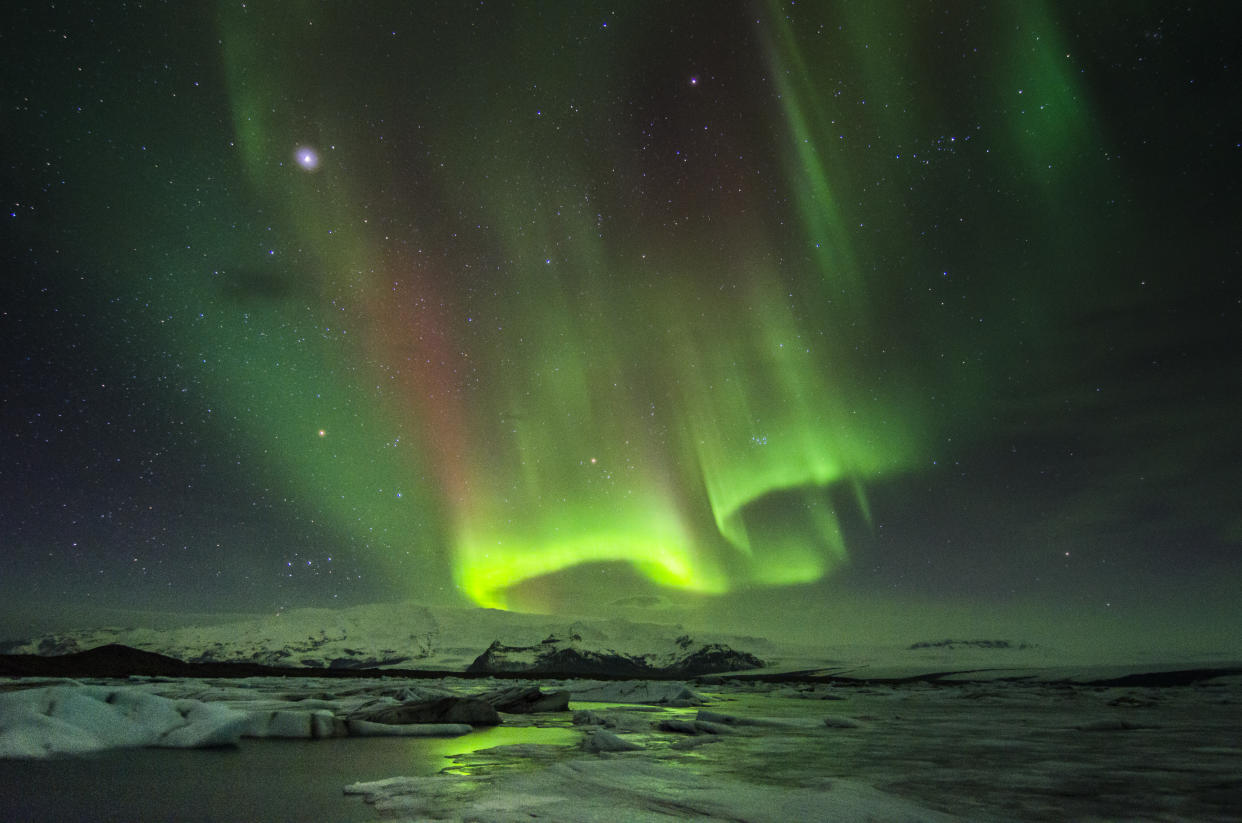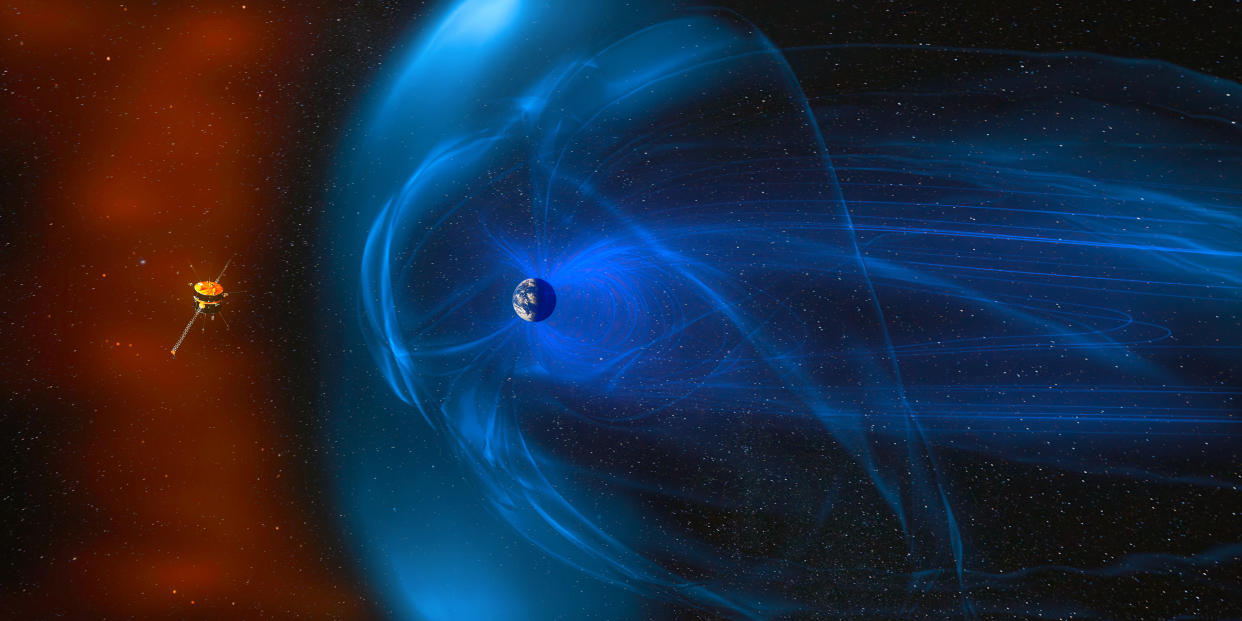What is a geomagnetic storm? The solar outbursts causing northern lights in the UK

People across Scotland enjoyed spectacular displays of "northern lights" on Monday night as an outburst on the sun caused a geomagnetic storm in the UK.
On Monday, the Met Office said moderate geomagnetic storms were likely, with a possibility that they will continue on Tuesday.
The Met Office's website explains: "Geomagnetic storms are large disturbances in the Earth's magnetic field caused by changes in the solar wind and interplanetary magnetic field structure.
"These changes in the solar wind arise from disturbances on the sun, such as in powerful coronal mass ejections)."
This geomagnetic storm was caused by a coronal mass ejection on the sun.
The Space Weather Prediction Center, part of the US National Oceanic and Atmospheric Administration, also issued a geomagnetic storm warning on Sunday for Monday and Tuesday.
Read more: Geomagnetic storm warning as blast from sun to hit Earth
Coronal mass ejections are large clouds of solar plasma and magnetic fields released into space after a solar eruption.
Stretching over millions of miles, they can cause northern lights when they hit Earth’s atmosphere.

Solar storms are ranked from G1 to G5, with stronger storms having the potential to cause radio blackouts.
This week’s storm are at the lower end of the scale, the Met Office says.
Read more: Aurora glitters over northern Wisconsin
G5 storms only occur roughly four times per 11-year solar cycle, and can cause problems with power grids and satellites.
In 1859, a massive geomagnetic super-storm known as the Carrington event sent powerful coronal mass ejections toward Earth, disrupting communications on the ground.
If such an event were to happen in today’s world, the effects would be catastrophic.
It destroyed telegraph lines, and lit up the skies so brightly people could read at night.
Read more: A 1988 warning about climate change was mostly right
A Lloyds study in 2013 predicted that the effects on our wired society of such a super-storm would be far, far worse – costing at least £1.67tn, and devastating transport, communication, finance and even food supplies due to the lack of refrigeration.
The Met Office said aurora may be visible on Tuesday, but that cloudy conditions and decreasing activity make sightings less likely.
It said: "Minor storms may continue into 12 October, before a fast wind from a coronal hole may arrive, perhaps continuing the rather active period of geomagnetic activity… cloud amounts are increasing, meaning sightings are unlikely for most."
Watch: Northern lights dance across plains


